For kitchen professionals looking to add a touch of flair and versatility to their culinary arsenal, learning how to use a Hibachi grill is a worthwhile endeavor. The Hibachi grill is a traditional Japanese cooking apparatus, renowned for its ability to impart a distinctive smoky flavor to dishes. This guide aims to equip you with the skills and knowledge necessary to master the art of Hibachi grilling, from setup to cooking.
A Hibachi grill is much more than just a cooking device; it's an opportunity to explore the artistry of cooking over fire. Whether you're preparing a simple meal or crafting a complex dish, understanding the intricacies of Hibachi grilling will expand your culinary horizons.
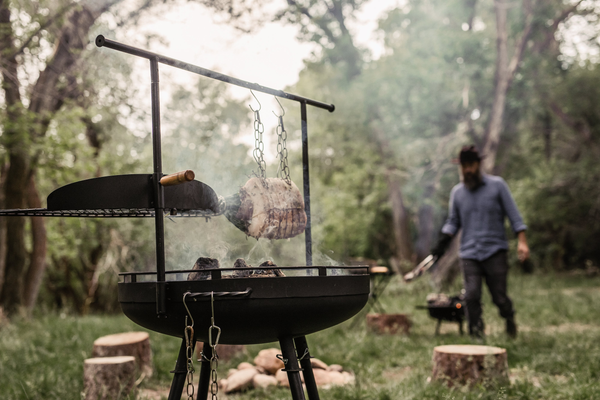
Getting Started with Your Hibachi Grill
Before you can start cooking, it's crucial to become familiar with the components of your Hibachi grill. Typically, this grill consists of a cast iron or aluminum body, a cooking grate, and an area to hold the charcoal. Understanding these elements will ensure that your grilling experience is both safe and effective.
Choosing the Right Charcoal
The choice of charcoal can significantly impact the flavor and cooking style of your dishes. Opt for high-quality, natural lump charcoal to achieve a steady and high heat, ideal for searing meats and vegetables. Avoid charcoal briquettes containing fillers or additives, as these can affect the taste of your food and may produce unwanted chemicals.
Setting Up Your Hibachi Grill
Setting up a Hibachi grill requires attention to detail to ensure even cooking and safety. Begin by placing the grill on a stable, heat-resistant surface. Arrange the charcoal in a single layer, allowing adequate airflow for consistent heat distribution. Once lit, let the coals burn until they are covered with white ash, indicating that they are ready for cooking.
Mastering the Cooking Techniques
Unlike other grilling methods, Hibachi grilling emphasizes simplicity and precision. The cooking process revolves around managing the temperature and positioning ingredients strategically on the grill grate.
Direct and Indirect Heat
Understanding direct and indirect heat zones on your grill is essential. Foods requiring quick cooking, such as thin cuts of meat or vegetables, should be placed directly over the coals. Conversely, thicker cuts requiring slower cooking can benefit from indirect heat, where they cook through without burning the exterior.
Fire Pit Grill enthusiasts may find similarities in managing heat zones between the two methods.
Cooking Hibachi-Style Dishes
Many classic Hibachi dishes are characterized by their quick cooking times and bold flavors. Popular options include grilled seafood, thinly sliced meats, and a variety of vegetables. Experimenting with traditional Japanese sauces and seasonings can elevate your dishes, providing an authentic Hibachi experience.
Troubleshooting Common Hibachi Grill Issues
Even seasoned cooking professionals may encounter challenges when using a Hibachi grill. Uneven cooking, flare-ups, and maintaining temperature are common issues that can arise.
Using a pie iron requires similar attention to temperature management and positioning, which can help hone your skills with a Hibachi grill.
Handling Flare-Ups
Flare-ups occur when fat drips onto the coals, causing a burst of flames. To manage these, trim excess fat from meats before grilling and avoid placing very fatty foods directly over the hottest part of the grill. Keeping a spray bottle of water handy can help manage small flare-ups.
Enhancing Your Hibachi Grill Experience
With experience, you will discover how to make the most of your Hibachi grill. From experimenting with different flavor combinations to honing your grilling technique, the possibilities are endless.
Pairing your Dishes with the Right Beverages
Selecting complementary beverages can enhance the flavors of your Hibachi-style dishes. Consider traditional Japanese sake or iced green tea for an authentic dining experience, bringing an additional layer of sophistication to your meal presentation.
Delving into the world of Hibachi grilling can be both exciting and rewarding, offering an opportunity to explore a unique facet of culinary artistry. Check out [tips on using a cast iron teapot](https://senchateabar.com/blogs/blog/cast-iron-teapot) for creating traditional Japanese-inspired teas as a delightful accompaniment to your meals.
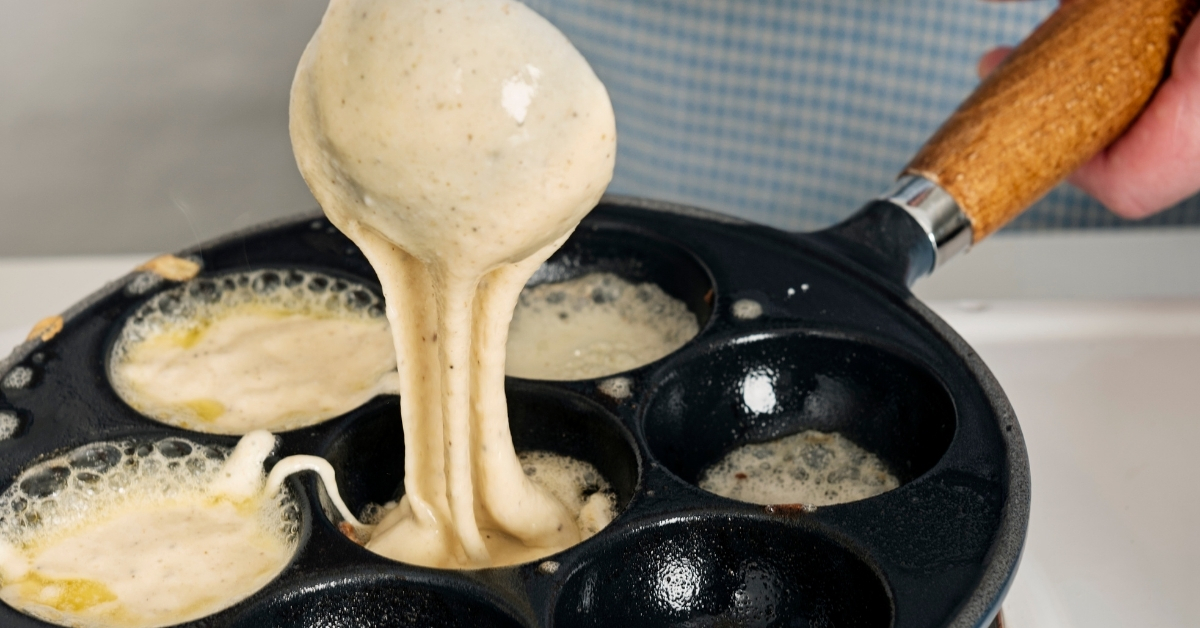
FAQ
What makes a Hibachi grill different from other grills?
A Hibachi grill is distinct for its small, portable size and direct contact with charcoal which allows for intense, concentrated heat.
Can I use my Hibachi grill indoors?
No, it's important to only use a Hibachi grill outdoors or in a well-ventilated area to prevent carbon monoxide buildup.
What kind of foods are best cooked on a Hibachi grill?
Thin cuts of meats, seafood, and bite-sized vegetables are ideal for Hibachi grilling, allowing them to cook quickly and evenly over the grill's high-heat surface.
This article contains affiliate links. We may earn a commission at no extra cost to you.

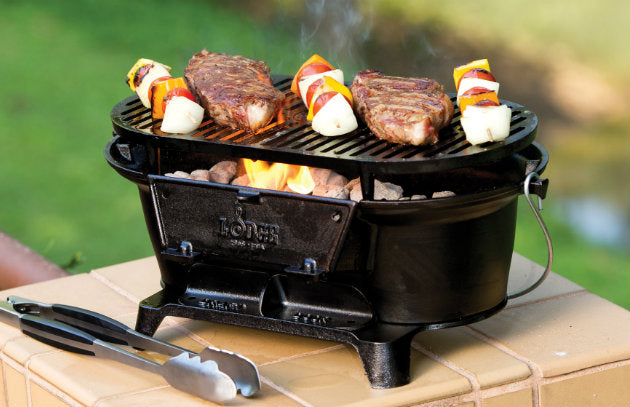


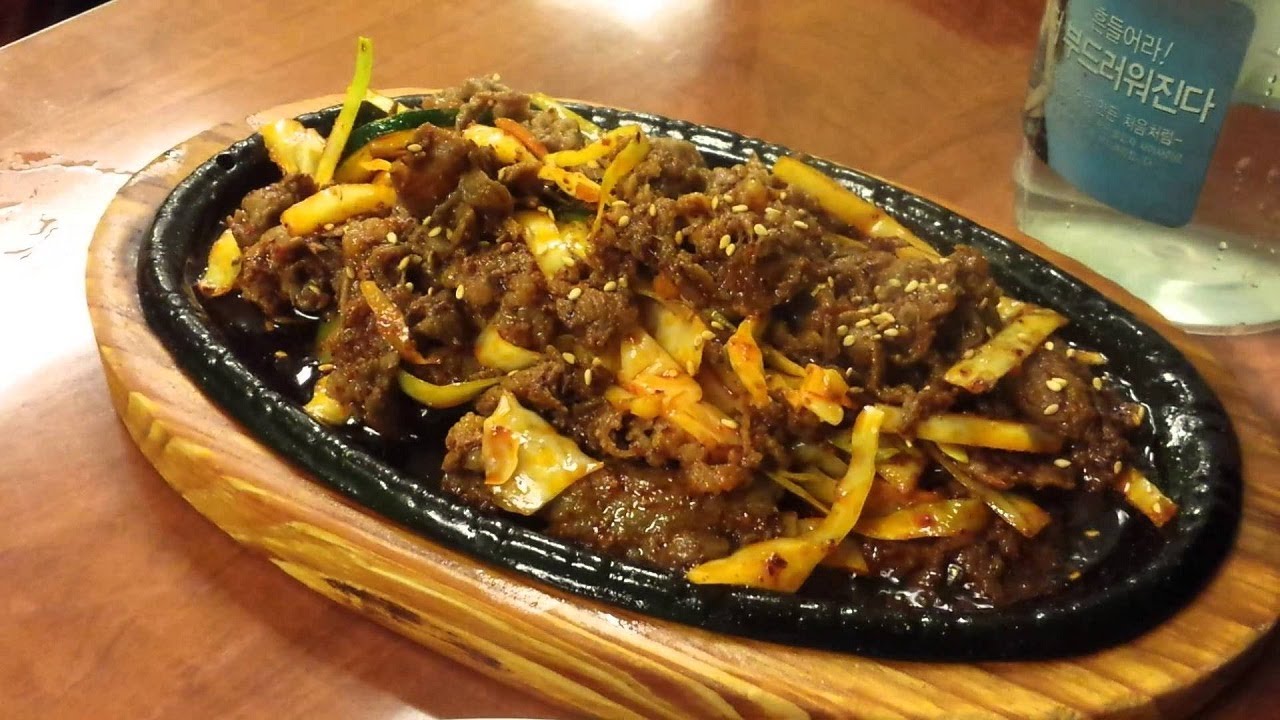
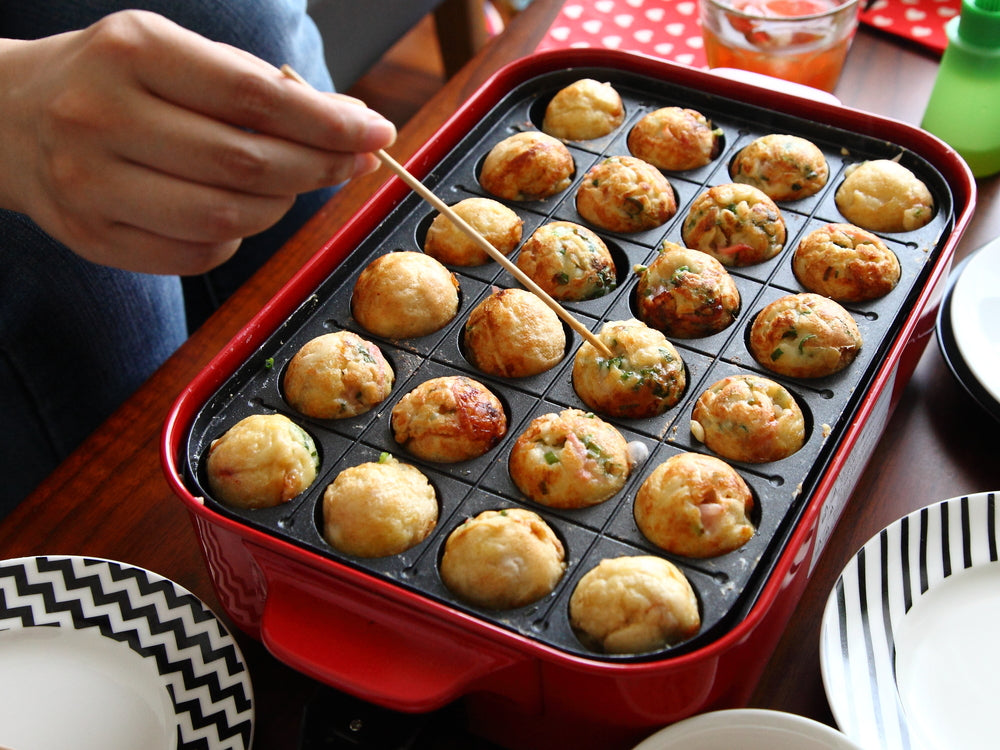
Leave a comment
This site is protected by hCaptcha and the hCaptcha Privacy Policy and Terms of Service apply.